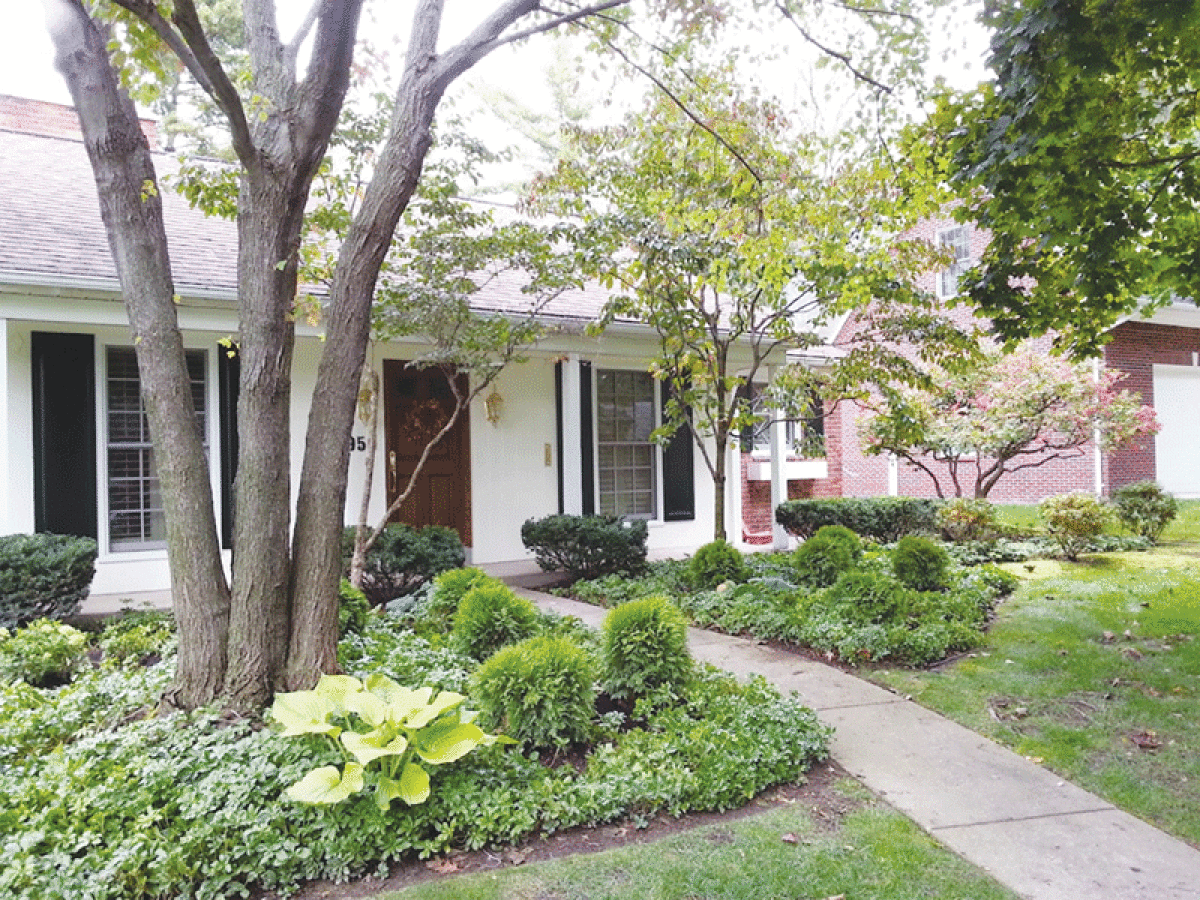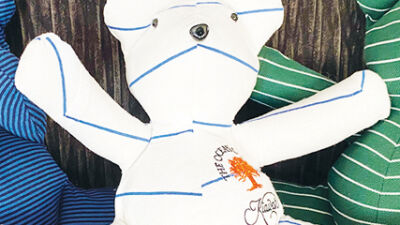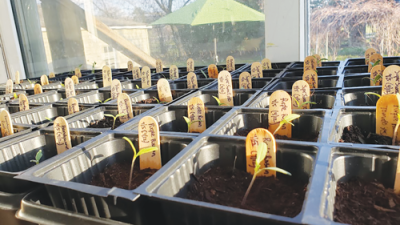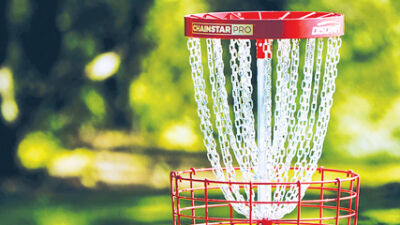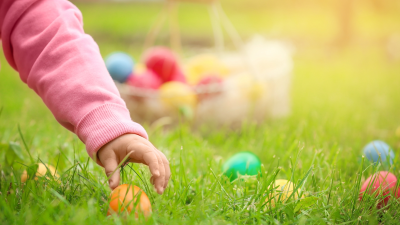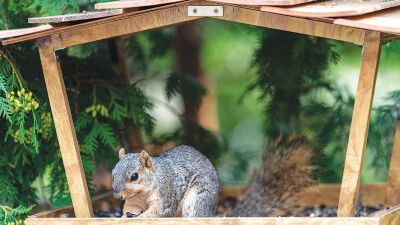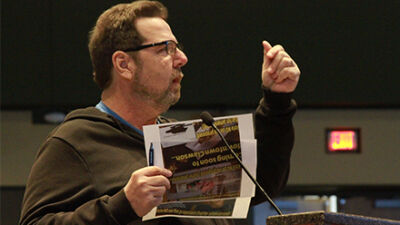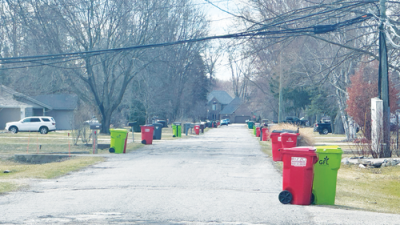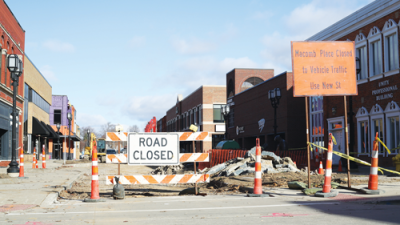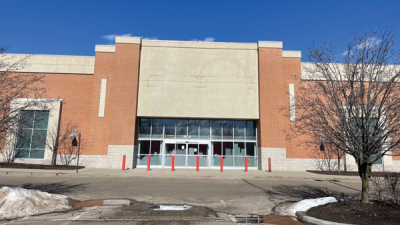
Compost — which people can make at home or purchase — is vital to putting needed plant nutrients back in the soil.
Photo provided by Mil Hurley
METRO DETROIT — Whether someone is a newbie or a veteran, master gardener Mil Hurley — owner of the Grosse Pointe Farms-based business, A Southern Gardener — believes anyone can create a garden of which they’re proud.
“She says, ‘Yes, you can,’” said Grosse Pointe Farms City Councilwoman Sierra Donaven, chair of the Farms’ Beautification Advisory Commission.
To help gardeners of all skill levels, Hurley outlined “The Principals of Garden Design and Maintenance” during a Farms Beautification Advisory Commission program May 10 at Pier Park.
Hurley has a lifetime of experience working with plants.
“Her love for gardening started as a child,” Donaven said of Hurley, who grew up on a farm in the South.
Hurley said principals of garden design include unity, proportion and balance — whether the garden is formal or informal, symmetrical or asymmetrical. Proportion extends not only to elements within the garden, but to whether the garden is in alignment with the home and the lot. Unity refers to everything working together to create an overall design, Hurley explained.
Every garden should have a focal point or focal points.
“It can be something fun,” said Hurley, noting that one person used painted dowels to add interest.
The focal point can be a plant, but it can also be an object like a bench. It just needs to be something eye-catching.
“The focal point doesn’t necessarily have to be in the center,” Hurley said.
Simplicity can make for an effective garden.
“Simplicity doesn’t mean it’s boring,” said Hurley.
If gardeners put in the right plant or plants, the garden won’t require a lot of work, she said.
Rhythm can be created in a garden through repetition or something like a curved hedge, Hurley said.
Small gardens can make a big impact. Hurley said consider putting a small garden in the middle of a large yard.
One of the most important things gardeners can do is to read the tags on the plants before buying them. Hurley said gardeners need to pay close attention to the amount of sun each plant requires, because putting a plant in the wrong spot means it won’t thrive or bloom.
If you’re not sure how much sun a portion of your yard gets, Hurley said to put a timer on at 8 a.m. one day and check that area every hour during the day. Plants that require full sun need a spot that’s sunny six hours or more a day; plants that need partial sun/partial shade should get roughly four to six hours of sun daily; and plants that need to be in shade should be in a location that gets four hours or less of full sun. This can change from year to year as trees grow or are removed, a homeowner or neighbor adds an addition, or other aspects of the surroundings change.
Soil is the foundation on which every garden grows. Hurley said there are three types: clay, which doesn’t drain well; sand, which does drain well but lacks nutrients; and loam, which is nutrient-dense. Compost be used to create soil that will give plants the nutrients necessary for healthy growth.
Gardeners also have another natural and nutritious, free resource to improve their soil: leaves. Hurley said gardeners should leave the leaves in their garden beds in the spring, rather than having them blown out.
“You are doing a disservice to yourself by having those leaves taken out of your gardening beds,” Hurley said.
If people don’t like the look of leaves in their garden bed, they can put mulch on top of them. Hurley said the leaves will still break down underneath the mulch, and gardeners don’t need to put as much mulch in their garden beds when there’s a layer of leaves below.
Because mulch breaks down, Hurley recommends that homeowners consider avoiding dyed mulch, because the chemicals used in those dyes will end up in the soil and water.
Hurley said homeowners don’t need to tear up their entire yard for a garden — a container with interesting plants can also work well. She said the same principles of good garden design apply to containers.
When planting trees, shrubs or other plants, Hurley said, mulch should be placed at the base of the plant in a doughnut shape, not a volcano, because mulch piled up at the base will make the plant or bark wet and weak, as well as create an environment that can harbor bacteria or pests.
Whether a garden is formal or informal is up to the homeowner. The same is true of how it’s designed. As Hurley observed, “There are no garden police.”
“I encourage you to be yourself with your garden,” Hurley said. “Let it speak to who you are.”
 Publication select ▼
Publication select ▼